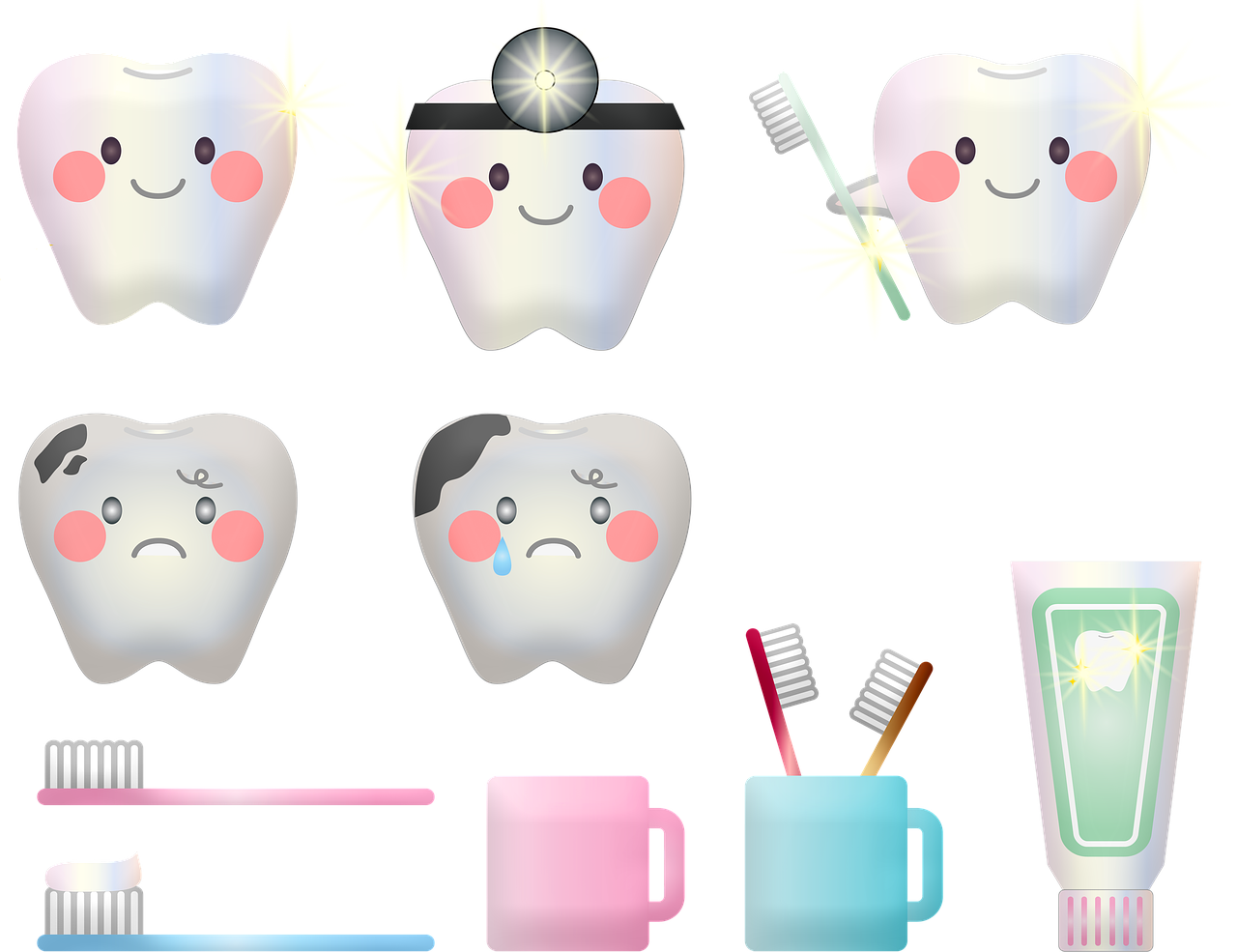FIRST SIGN OF EARLY CHILDHOOD DECAY
Early childhood caries (ECC), is a disease that affects teeth in children aged between birth and 71 months. ECC formerly known as nursing bottle caries, baby bottle tooth decay, night bottle mouth and night bottle caries. It is particularly a virulent form of caries that spreads rapidly within the mouth.
Major Causes of Early Childhood Tooth Decay
- No tooth brushing (leaving cavity-causing bacteria)
- Baby is put to bed with a bottle, or when a bottle is used as a pacifier for a fussy baby.
- The frequent exposure of the baby’s teeth to liquids that contain sugar for long period
- Staying on the bottle and sippy cup past 1 year
- Carrying bottle or sippy cup around all day
- Not removing baby from breast (once they have teeth)
- before they fall asleep
- Poverty
- Lack of access to dental care and prevention
- Snacking too much on sweet foods and drinks
FIRST SIGN
The natural healthy teeth should be white with smooth surfaces and Gum tissue (gingival mucosa) should be smooth, pink, firm, and immobile.
Early childhood caries (ECC) or baby bottle tooth decay begins as white chalky lines along gum lines, followed by yellow or brown discoloration which is indicative of early decay or weakened enamel. This May be reversible with exposure to topical fluoride and plaque removal.
WHITE SPOT LESIONS
‘Lift the lip’ and examine at least once in a month and make sure the teeth are dried before you look for white spots. If seen take your baby to the Pediatric dentist right away before cavities get worse.
Pediatric dentists recommend cleaning your baby’s gum even prior to tooth eruption to establish a daily oral hygiene routine. Conventional method of cleaning infant’s mouth is by wrapping a damp washcloth or a piece of gauze around the index finger and clean the teeth and gums once a day. Now a days two types of tooth brushes are available in the market which can be used instead; soft bristled finger tooth brush (BPA free, FDI approved) which is also ideal for gums. The other type is specially sized tooth brush with small handles to grip.
Tooth paste in not necessary at this age as the child is unable to expectorate the paste, causing it to swallow. According to the American Dental Association, children under age 6 are more likely to swallow toothpaste because their swallowing reflex still isn’t fully developed. As per American Academy Of Pediatric Dentistry(AAPD), it is recommended to use rice grain sized fluoridated tooth paste for your baby or toddlers and then graduating to pea sized tooth paste at the age of 3. Never let your child apply toothpaste themselves or brush without supervision. Non fluoridated toothpaste is also available for kids, which is very safe to use in children.
Fluoride varnish and tooth mousse application under the supervision of a Pediatric dentist is considered as a safe and painless method, which can be applied to baby teeth to prevent and stop ECC.
These white spot lesions when left untreated, turns into Soft brown or black spots with cavitation. Signifying advanced or severe decay, which may lead to dental pain, abscess formation, fever, lack of appetite and lethargy which influences the everyday activities leading to insufficient physical development (especially in height/weight). At this stage complex treatment involves fillings, root canal treatment also called pulpectomy, and steel or veneer crowns.
Regular dental check-up, six months after the first tooth is through or when your child reaches the age of one, the Pediatric dentist can counsel you on how to prevent dental diseases.
|
BROWN SPOT LESION |
|
SEVERE DECAY |
REFERENCES:
- American Academy of Pediatrics. A Pediatric Guide to Children’s Oral Health. Elk Grove Village, IL: American Academy of Pediatrics; 2009
- Douglass JM, Douglass AB, Silk HJ. A practical guide to infant oral health. Am Fam Physician. 2004;70:2113–20
- Gussy MG, Waters EG, Walsh O, Kilpatrick NM. Early childhood caries: Current evidence for aetiology and prevention. J Paediatr Child Health. 2006;42:37–43.









GIPHY App Key not set. Please check settings